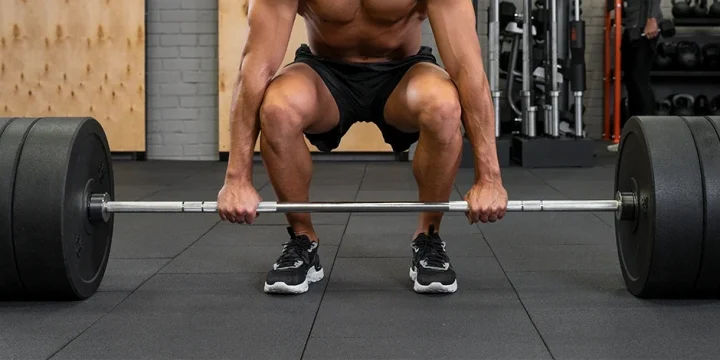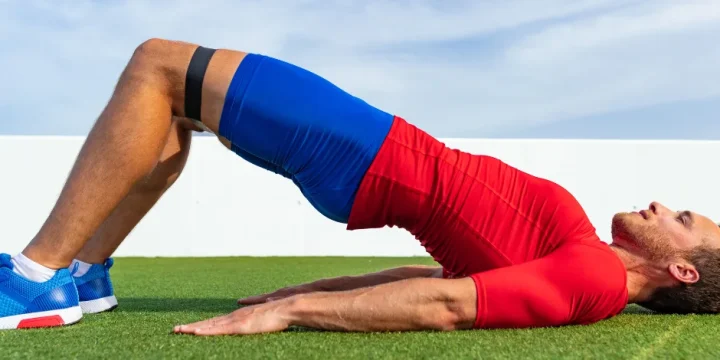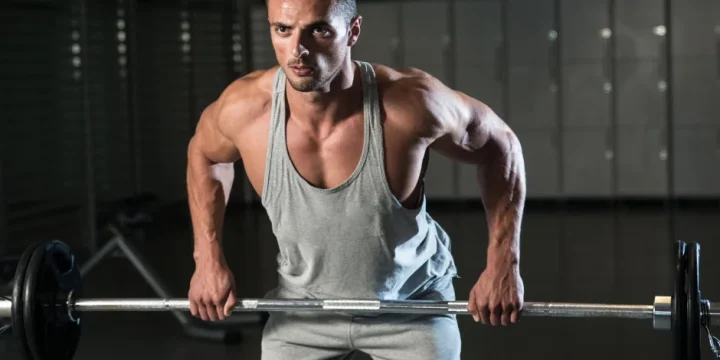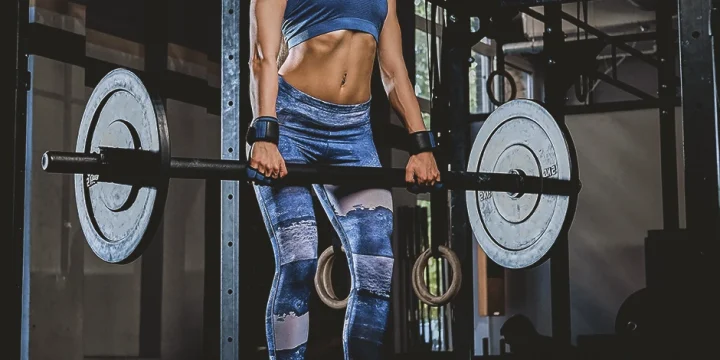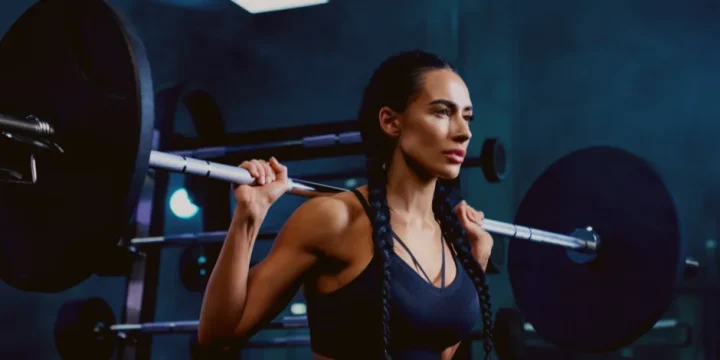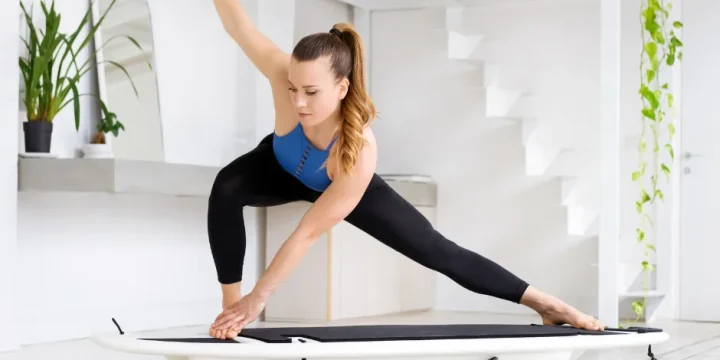As someone with extensive experience in the fitness industry, I've found that integrating exercises like butt kicks into high-intensity interval training and CrossFit routines can really elevate the challenge and enjoyment for clients.
However, it's common to see a few simple mistakes in the execution of butt kicks that can diminish their effectiveness.
To address this, I’ve compiled a guide on the correct way to perform butt kicks, including tips to avoid common errors and a fun variation to try.
Let’s begin.
Quick Summary
- By focusing more on getting your heels up as far as possible and reducing motion in your thighs, you’ll start getting a lot more out of your butt kickers.
- The butt kick exercise is possibly one of the simplest-looking exercises that so many people get wrong.
- According to a study from the International Journal of Environmental Research and Public Health, incorporating ankle weights into some exercises (like butt kicks) can develop your leg muscles.
- When you add butt kicks to your warm-up routine or as part of circuit training, you can get your heart pumping in no time.
How To Do Butt Kicks With Proper Form

I've noticed that many people don't perform butt kicks correctly, which is why I emphasize the importance of understanding the proper form to both my readers and clients.
Let me give you some detailed instructions on how to perform this exercise with good form:
- Set yourself up by standing tall with your feet about hip-width apart.
- Keep your hands by your side with your knees slightly bent.
- Bring your left heel up to your glutes and aim to make contact with the buttocks (whether your heel comes in contact with your buttock will depend on your flexibility).
- As you lower your foot back down, bring your right heel up to your buttocks and make contact with them.
- The important thing to try and do is to only make contact with the ground with the balls of your feet.
- Keep the alternating butt kicks movement of one foot down and one heel up going for as long as you can.
- Aim to vary the intensity by gradually increasing the speed of the butt kicks and even try to stay slightly airborne.
- Your options going forward are to speed up or increase the amount of time you do butt kicks.
To turn butt kicks into a total body exercise, you can involve your arms as well. I'll provide a nice variation below.
Related Articles:
What Are The Benefits of Butt Kicks?
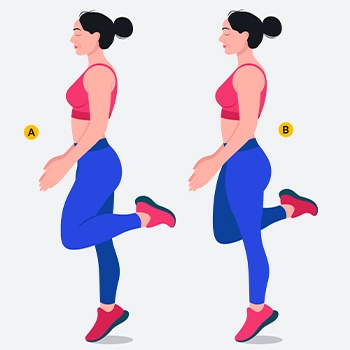
The benefits of butt kicks are that they are a relatively low-impact way to get the blood flowing as part of your warm-up routine. But you’ll also be able to use this exercise as a way to lose weight faster by burning off more calories and dialing up the intensity.
Here are some other benefits of doing butt kicks.
1. Great Warm-up
As a low-intensity exercise, butt kicks are a great mobility warm-up before lower-body exercises, sprints, jumps, and even HIIT cardio.
According to PubMed, a proper warm-up is essential to injury prevention during exercise [1].
2. Tones Lower-body Muscles
This is especially true if you start doing them as fast as possible during high-intensity interval training. For example, if you do them at higher speeds, you’ll find that your hamstring muscles will start burning.
3. Customizable Intensity
You can make butt kicks more intense by performing them with ankle weights.
According to a study from the International Journal of Environmental Research and Public Health, incorporating ankle weights into some exercises can develop your leg muscles [2].
“Butt kicks are a type of plyometric, or jump training, exercise. Exercises like these work your cardiovascular system and boost your strength and endurance while using only your own body weight as resistance.”
- Daniel Bubnis, M.S., NASM-CPT
Common Mistakes
As you can see above, the butt kicks exercise looks very simple, but I've often seen people make a couple of easily-avoidable mistakes.
And if you know what to look out for, then you can make your workout more effective.
First of all, many people end up doing a combination of high knees and butt kicks.
It’s inefficient, and the best way to avoid that is to focus on keeping your knees pointing down.
The second mistake I often see is that people don't land gently, which can have negative impacts on their joints.
Try to focus on landing like a cat during your butt kicks to achieve proper form. Your glutes and your knees will thank you.
Simple Variation
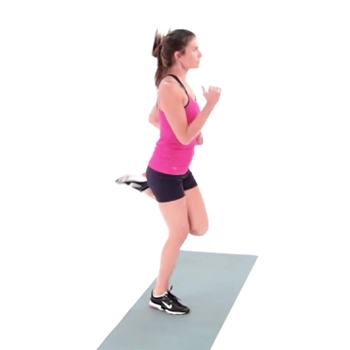
The simplest way to add some variation is to include upper body movement in your butt kicks.
What I would suggest is lifting the opposite arm to the foot you’re lifting. For example, as you lift your right foot, bring your left arm forward and up over your head.
And to add more strain to such moving butt kicks, you could add some ankle and wrist weights.
You won’t believe how much-added benefit you’ll get from such butt kicks for both cardio and strength.
References:
- https://pubmed.ncbi.nlm.nih.gov/18027995/
- https://www.mdpi.com/1660-4601/19/12/7350
About The Author
You May Also Like
